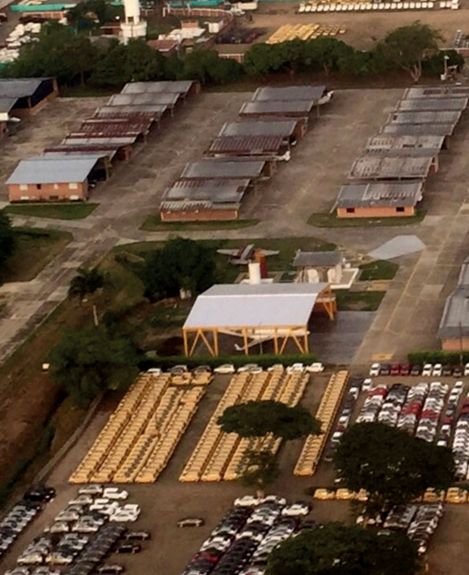Noticias
Transparent wood: creation, benefits and possible consequences

The scientist, Lars Berglund, Professor of the Wallenberg Wood Science Center of the Royal Institute of Technology of Stockholm (KTH) has created the first transparent and biodegradable wood.
It eliminated the lignin from the balsa wood (the component that gives rigidity to the wood and makes it opaque) and the resulting substrate impregnated it in a transparent polymer. With this he was able to obtain a material similar to wood in terms of rigidity, which lets light in and absorb heat.
«Wood is by far the most commonly used biological material in buildings; It is also very attractive because it comes from renewable sources and offers excellent mechanical properties, including strength, toughness, low density and low thermal conductivity, «explains Berglund.
Because this type of material has the ability to absorb heat, which would save costs and help in the use of solar energy «Transparent wood is a good material to be used in large areas of solar panels, it is low cost, easy to get to it and renewable «said the scientist.
Regarding the concerns that if the material can be used for windows or facades, he says that the wood turns white when the lignin is extracted, which facilitates the penetration of the light but still conserves the privacy of the interior.
His research began in 2016, since then he has been working on the industrial production of this material, with other types of wood, improving its transparency. At the American Chemical Society commented «the only part of this material that is not biodegradable is acrylic, but we hope to replace it with another bio-based polymer»
He believes that within five years it will be used inside homes. Since it saves energy, it is biodegradable, it does not generate magnifying effect inside the home and preserves privacy.
Regarding the problems that arise with transparent wood, the life cycle of this product and therefore its environmental impact from conception to distribution is unknown. In addition, the elimination of lignin must be taken into consideration
Additional curious facts:
° There is translucent concrete, invented in Mexico, called «ilum» reaching two meters thick, allowing the passage of light up to 70%. It is 15 times more resistant than conventional concrete and 30% lighter.

° Other researchers from the Department of Science materials and Engineering at the University of Maryland, who are also investigating transparent wood, have had a limitation in regards to size, managing to convert transparent wood of five inches by one centimeter of thickness.
° From this research Céline Montanari incorporated a new material that absorbs, stores and releases heat. The polymer called polyethylene glycol macrogol better known as a phase change material «during a sunny day, the material will absorb the heat before it reaches the interior space and the interior will be colder than the outside and at night, the opposite occurs: the PEG becomes solid and releases heat inside so that it can maintain a constant temperature in the house «
